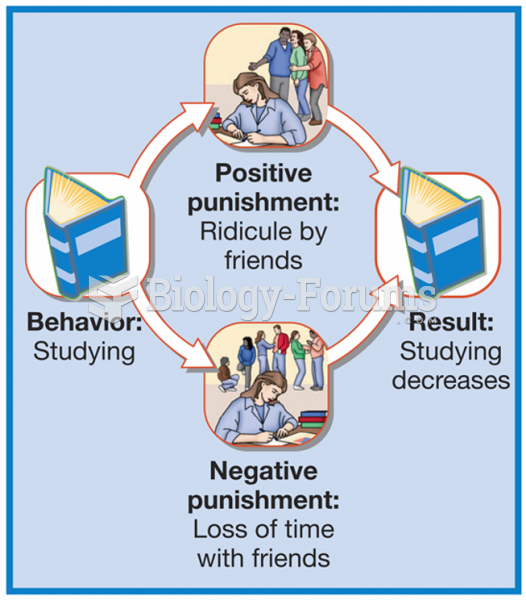|
|
|
The first successful kidney transplant was performed in 1954 and occurred in Boston. A kidney from an identical twin was transplanted into his dying brother's body and was not rejected because it did not appear foreign to his body.
A cataract is a clouding of the eyes' natural lens. As we age, some clouding of the lens may occur. The first sign of a cataract is usually blurry vision. Although glasses and other visual aids may at first help a person with cataracts, surgery may become inevitable. Cataract surgery is very successful in restoring vision, and it is the most frequently performed surgery in the United States.
Recent studies have shown that the number of medication errors increases in relation to the number of orders that are verified per pharmacist, per work shift.
Of the estimated 2 million heroin users in the United States, 600,000–800,000 are considered hardcore addicts. Heroin addiction is considered to be one of the hardest addictions to recover from.
Aspirin is the most widely used drug in the world. It has even been recognized as such by the Guinness Book of World Records.
 Children with disabilities used to be sent to special schools. In a process called mainstreaming or ...
Children with disabilities used to be sent to special schools. In a process called mainstreaming or ...
 The positive correlation between the ability of various neuroleptics to bind to D2 receptors and ...
The positive correlation between the ability of various neuroleptics to bind to D2 receptors and ...





